Sunifiram polvo crudo CAS 314728-85-3 Culturismo Entrega Rápida y Segura
Detalle rápido:
CASO: 314728-85-3
MF: C14H18N2O2
MW: 246.30492
Apariencia: polvo blanco
Pureza: 99.32%
Duración: 2 años
Estándar: In-house Standard
Uso: For the treatment of Alzheimers Dementia, Cognition Disorder, Neurologic Drugs, Senile Dementia, Acetylcholine Release Enhancers.
Descripción:
This compound is known as an AMPAkine due to exerting most of its actions via the AMPA receptor (one of the three main subsets of glutamate receptors, alongside NDMA and kainate). This enhancement of AMPA function seems to also rely on enhancing signalling via the Glycine binding site of NMDA receptors, although one minimal signalling goes through the NMDA receptor then the benefits on AMPA receptors seem dose-dependent.
Sunifiram (DM-235) es un fármaco ampaquina derivado de la piperazina que actúa como un modulador alostérico positivo de los receptores AMPA, and has nootropic effects in animal studies with significantly higher potency than piracetam. A number of related compounds are known, the best known being unifiram (DM-232).
This enhancement by sunifiram is associated with an increase inphosphorylation of AMPAR through activation of protein kinase II(CaMKII) and an increase in phosphorylation of NMDAR through activation of protein kinase C α (PKCα). Más específicamente, sunifiram stimulates the glycine-binding site of NMDAR with concomitant PKCαactivation through Src kinase. Enhancement of PKCα activity triggers to potentiate hippocampal LTP through CaMKII activation.Sunifiram improves cognitive deficits via CaM kinase II andprotein kinase C activation.
Solicitud:
The exact mechanism to explain how Sunifiram is able to have such a strong cognitive benefit is yet to be found, but scientist have identified some interesting models to show how some of these attributes may be better understood. One such mechanism is that of NMDA signaling which was confirmed after Sunifiram dosages were maintained for over 7 dias.
This can explain some of the NMDA-dependent Long Term Potentiation seen with Sunifiram use.Further studies have shown rodents with memory impairment (centered around the hippocampus) benefitted from Sunifiram administration, when their ability to complete training sessions was measured. Finally, Sunifiram injections were able to cause the release of acetylcholine, which was detected in the prefrontal cortex of laboratory mice.






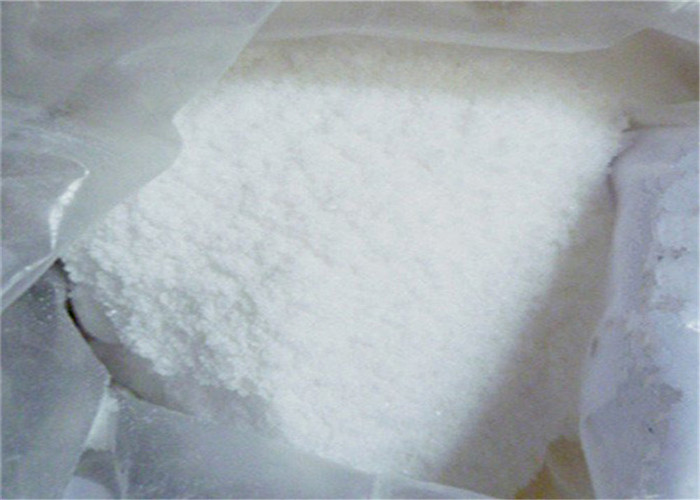
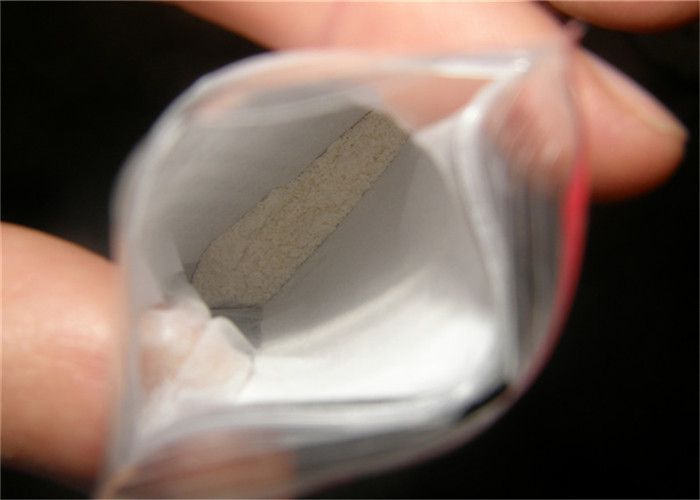
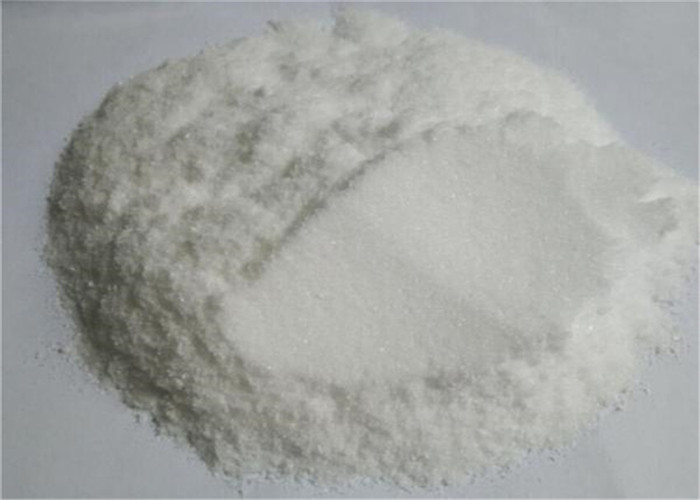
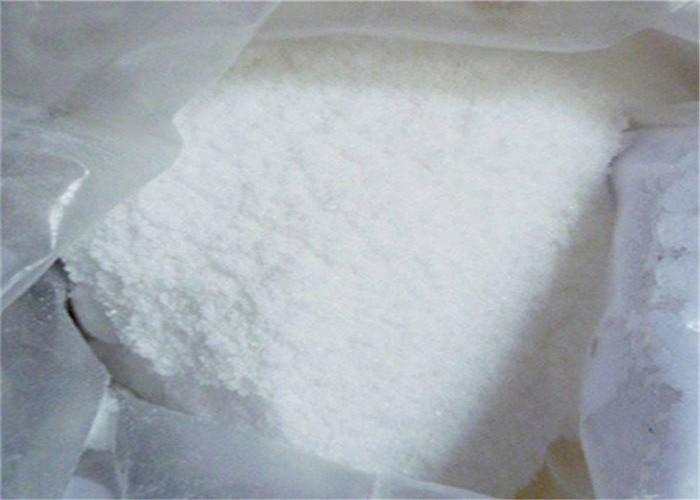
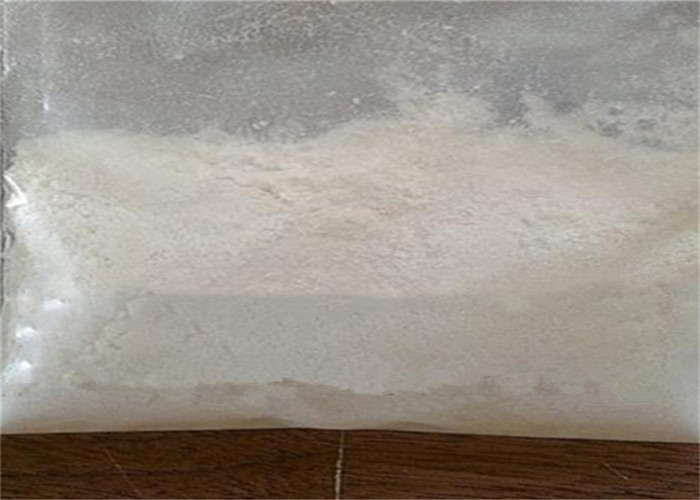
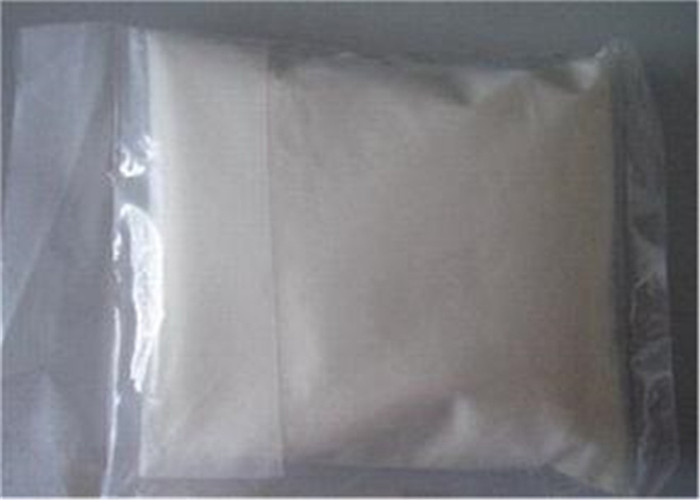



 Gerente de ventas
Gerente de ventas